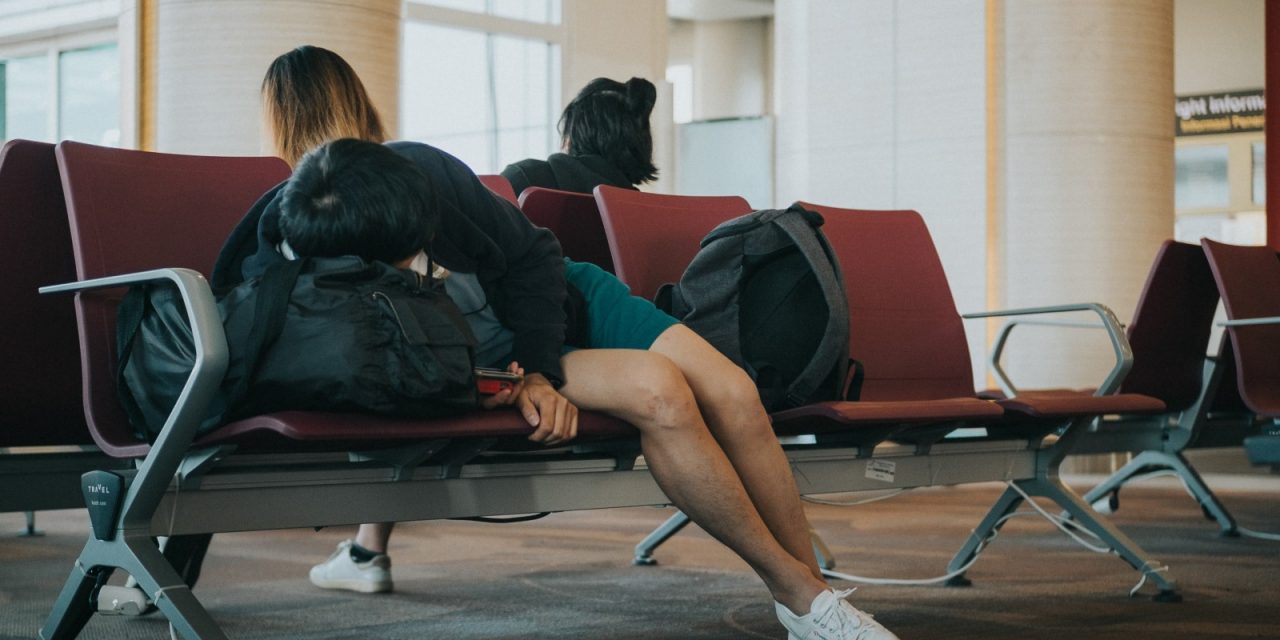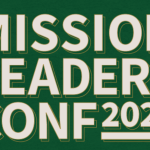Last week we posted, 8 Ways to Survive the Long-Haul Flight (original post here https://brigada.org/2023/01/22_37611/comment-page-1#comment-426812). A few Brigada readers offered their tips and tricks! Thank you!
David added:
I’ve flown over 192 long-haul flights and over two million miles. My ways of enduring long haul flights are:
1) Always sit in an aisle seat so you can get up at will.
2) When not sleeping, get up every two hours or so, walk around a bit, stretch near a toilet or door area.
3) Bring a filled large bottle of water onboard so you can hydrate at will I recommend the flat, seatpocket-friendly MemoBottle A5 water bottle (found here: https://a.co/d/8JgKSkD).
4) For sleeping in an upright seat, my best accessory has been the ZZZBand, a unique eye cover headband that loops over the headrest to hold your head up while blacking out light (found here: https://a.co/d/5beKZFK).
5) I have also loved the elbow sleeve which cradles my crossed arms while sleeping upright so I don’t strain my arms.
Melody added:
1. No Jetlag really helps get over jet lag fast BUT it’s expensive. We use Pantothenic Acid (vitamin store) which is a B derivative. 1000mg each of 3 mornings before you leave, 6-8 times while flying long flights, and 3-5 mornings after you arrive. I also take it at noon the first few days after I arrive. It helps you function without that drunk tired feeling! Amazing!
2. Melatonin to go to sleep after you arrive. Take it 30 minutes before you want to sleep for the next week or two. Your body produces this naturally but it needs to reset to the new time zone.
Do you have anything you would like to add to the list?













Melatonin can be useful, but go carefully and don’t use any more than absolutely necessary. It’s good to have a little experience with how it behaves before you try using it to recover from jet lag, including how much to take and when to take it. It’s not a good idea to take a 10 mg tablet when you’re trying to sleep immediately after a flight, unless you know how it works for you. Often, smaller doses (e.g., 5 mg or even 2.5 mg may be sufficient). Too much melatonin can have the effect of leaving you feeling dopey at times you want to be awake.
More information: https://www.nccih.nih.gov/health/melatonin-what-you-need-to-know
After arrival, the most important thing is to expose yourself to sunshine at your destination, and try very hard to following the schedule at your new destination. It also helps to give yourself a day of recuperation after arrival, before engaging in activities. Unfortunately, there’s only so much you can do to get your body to reset its circadian rhythms.
Looking at the clip art used for both of the articles, I’m reminded of another useful web site: https://www.sleepinginairports.net/
This one is really useful for figuring out your options when you have long layovers. Where to find places to sleep (whether benches, pay-per-use lounges, or off-site) and even lists of things to do while you have a layover. In the airports, good descriptions of things like comfortable seating (e.g., where there might be seats that allow for horizontal layout), temperature, or airports that close the areas behind security overnight. Also good general tips, including things like safety, amenities (showers, availability of snacks), what kinds of gear you may need (warm clothing, pillows, etc.)